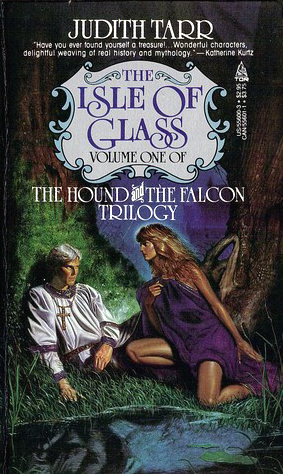Kelly Link’s Some Zombie Contingency Plans
 So I’ve been listening to Podcastle episodes while processing my usual insurmountable citadel of books here at Top Shelf.
So I’ve been listening to Podcastle episodes while processing my usual insurmountable citadel of books here at Top Shelf.
Podcasts are cool. Especially Podcastle podcasts, because, hey, FANTASY!
They’re usually 30-50 minutes, entertaining, with experienced narrators and great introductions and afterwords by Dave Thompson or Anna Schwind. Since I don’t read as many short stories as I’d like to, when I listen in on these things, I feel like I’m also learning something from my fantasy writing peers (and superiors). Something about structure. Something about character. Something about plot and dialogue and pacing. Lots of somethings, in fact!
Today, I listened to Kelly Link’s Some Zombie Contingency Plans. Now, whatever you think when you read that title, I have to tell you, you can’t possible predict what this story is actually about. Whoa.
And since I’m still feeling shocked and queasy (and astonished at the craft that went into this story, although I don’t know why I should be astonished, because it’s not like I don’t know who Kelly Link is or how highly she’s thought of) after listening to this story, I thought I’d hop on over here and tell you, tell you…
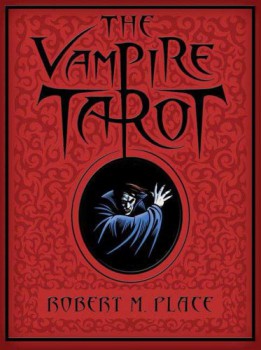 The Vampire Tarot
The Vampire Tarot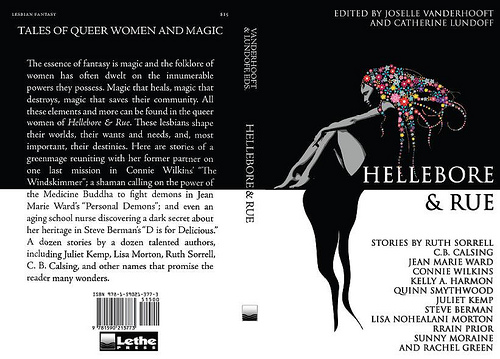 Hellebore & Rue: Tales of Queer Women and Magic
Hellebore & Rue: Tales of Queer Women and Magic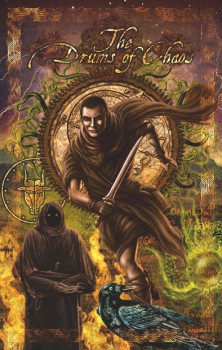 The Drums Of Chaos
The Drums Of Chaos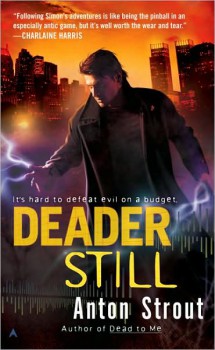 Deader Still
Deader Still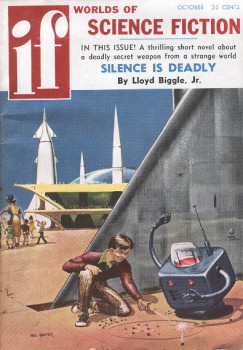
 Gamer Fantastic
Gamer Fantastic John Joseph Adams
John Joseph Adams 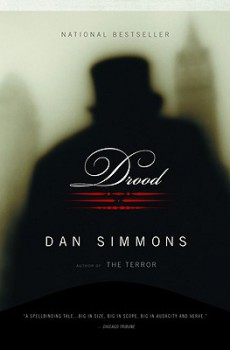 Drood
Drood